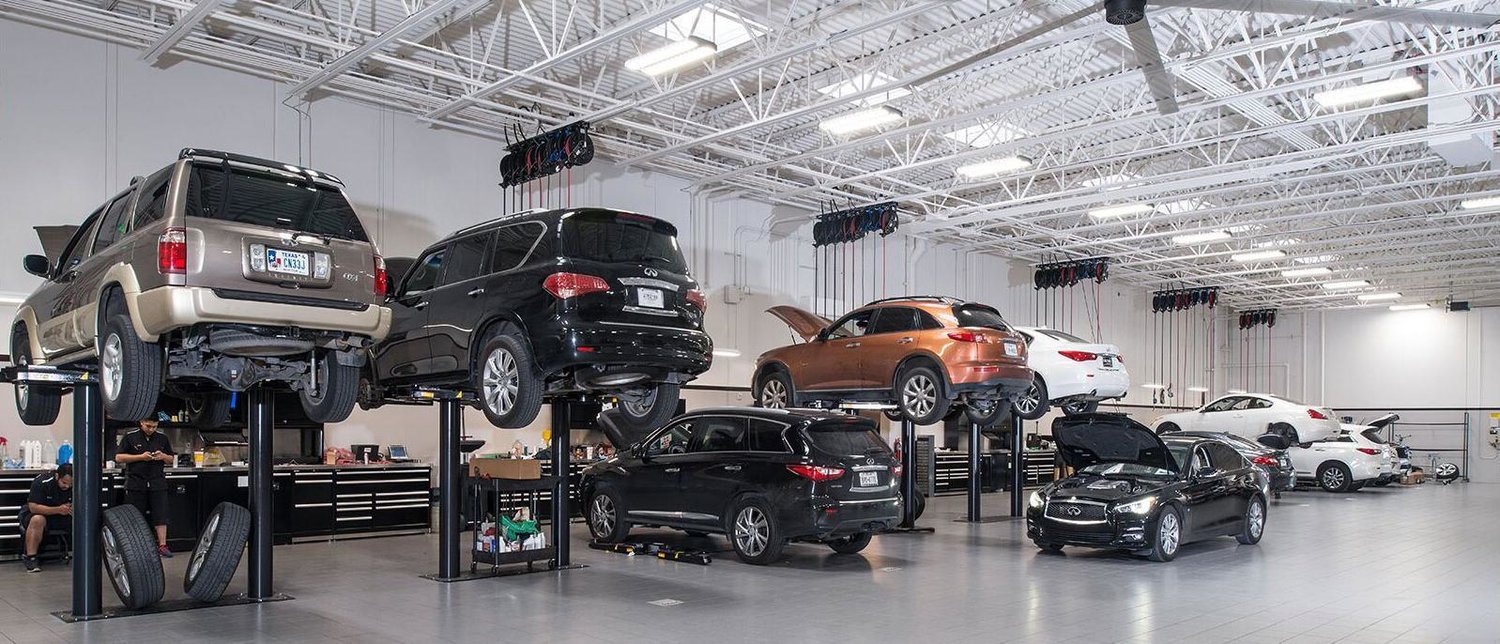All Categories
Featured

Preserving your lorry's tires is vital to ensure a smooth, risk-free, and efficient driving experience. 2 crucial services that are typically ignored but have a substantial impact on tire long life and performance are tire turning and positioning. These solutions help keep your car running efficiently and stop irregular tire wear that can affect both safety and security and gas economic situation. Allow's dive into what tire rotation and alignment are and why they are essential for your auto.
What Is Tire Rotation? Tire turning is the process of moving your tires from one placement to an additional to ensure they wear evenly. Since your vehicle's tires function at different prices relying on their position (front tires versus rear tires), rotating them routinely aids to distribute the wear evenly, resulting in a longer life-span for your tires.
Tires on the front axle have a tendency to put on quicker than those on the rear axle, particularly in front-wheel-drive vehicles, where the front tires manage both guiding and power. On the various other hand, back tires might use erratically depending on the vehicle's weight circulation and driving conditions. By turning your tires every 6,000 to 8,000 miles (or as suggested by the supplier), you'll make sure a more balanced wear pattern.
What Is Tire Positioning? Tire placement, likewise referred to as wheel placement, refers to changing the angles of your auto's wheels to the maker's specifications. Proper alignment makes sure that your tires are directing in the ideal instructions, and it aids make best use of tire life and boost car handling. There are 3 main elements of placement: camber, wheel, and toe.
Camber refers to the tilt of the tires from the front of the lorry. If your tires are slanted as well much inward or outside, it can cause uneven wear. Caster refers to the angle of the steering axis when checked out from the side of the car. This impacts the stability of the steering, specifically when driving right. Toe refers to the angle at which the tires direct inward or exterior when watched from above. This influences just how your automobile tracks when traveling. A proper positioning makes certain that all 4 tires are pointing right ahead and are angled correctly. Imbalance can result from hitting pockets, visuals, or merely from the wear of suspension elements over time.
Why Tire Rotation and Positioning Matter. Extended Tire Life. Both tire rotation and positioning aid stop irregular tire wear. When your tires put on uniformly, they last longer, which can conserve you money over time by lowering the requirement for premature replacements.
Improved Safety. Appropriate tire rotation and positioning boost automobile security and handling. Misaligned tires or unevenly used tires can adversely impact your capability to steer and stop your lorry, especially in emergency situations. Regular maintenance ensures your tires execute efficiently, offering a much safer driving experience.
Better Fuel Performance. If your tires are not aligned appropriately, they might drag versus the road surface area, creating resistance. This added friction can lower fuel performance, causing your car to take in more gas. Regular tire placement ensures that your lorry moves successfully, boosting gas mileage.
Boosted Convenience. Misalignment or erratically used tires can result in a rougher experience, as your auto may pull away or cause resonances. By maintaining your tires rotated and aligned, you'll enjoy a smoother and extra comfy driving experience.
Signs That Your Tires Need Turning or Placement. It's vital to remain alert for any kind of signs that your tires require turning or alignment. Watch out for these typical indicators:
Irregular Tire Wear: If you see that a person tire is significantly more used than the others, it might be time for a rotation or placement. Guiding Pull: If your auto pulls to one side while driving straight, this could show misalignment. Vibrations: If you feel resonances in the guiding wheel or the vehicle itself, it might be an indicator of imbalance or irregular tire wear. Screeching Tires: Unusual tire noise could likewise suggest inappropriate positioning or the need for a tire rotation. Exactly how Typically Should You Turn and Align Your Tires? Tire rotation need to generally be done every 6,000 to 8,000 miles or as specified in your car's owner's guidebook. It's a good idea to rotate your tires during every oil change, as this will assist you remain on top of regular maintenance.
As for placement, it does not call for as frequent solution. Commonly, placement must be examined at the very least annually or whenever you observe problems like drawing away or vibration. You might also need placement if you've struck a huge pocket or visual, which can toss your wheels out of alignment.
Verdict: Maintain Your Tires in Top Shape. Tire turning and placement are crucial solutions that keep your automobile running smoothly, safely, and efficiently. By putting in the time to have your tires turned and straightened frequently, you're investing in your auto's performance and durability, while likewise improving your safety when traveling. Keep positive with tire maintenance, and your automobile will thanks with much better fuel economic situation, improved handling, and expanded tire life.
Latest Posts
NAPA AutoCare: Top-Notch Repairs Trusted by the NAPA Certified Technicians
Wetumpka Residents, Enjoy Comprehensive Eye Exams & More at Vision Center South
Industrial Roof Solutions by Weathercraft Business
More
Latest Posts
NAPA AutoCare: Top-Notch Repairs Trusted by the NAPA Certified Technicians
Wetumpka Residents, Enjoy Comprehensive Eye Exams & More at Vision Center South
Industrial Roof Solutions by Weathercraft Business